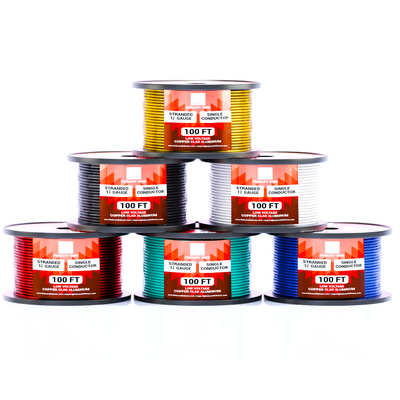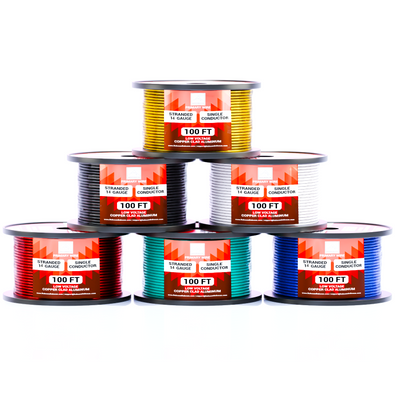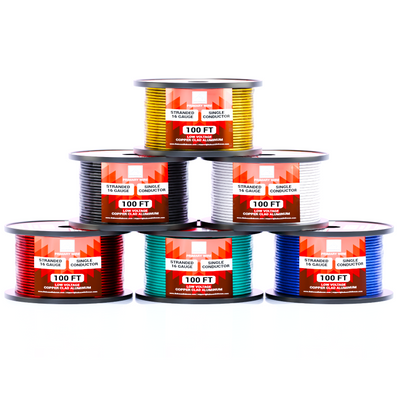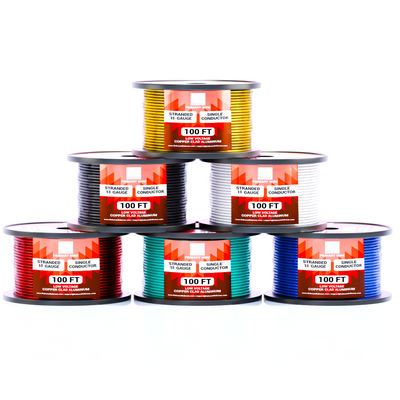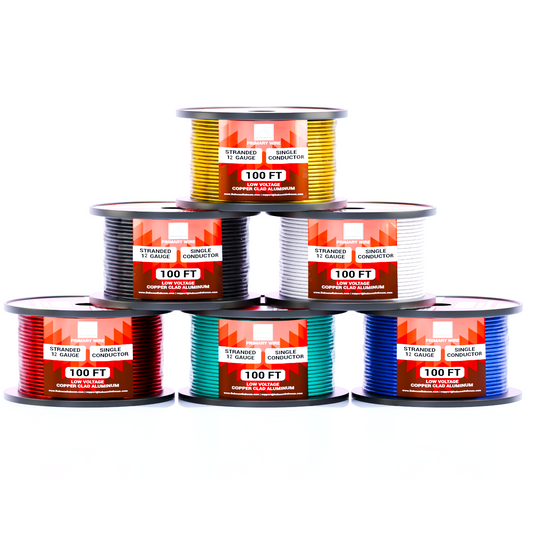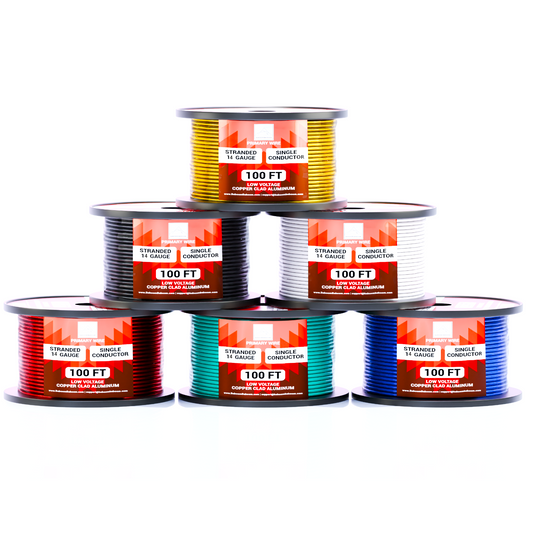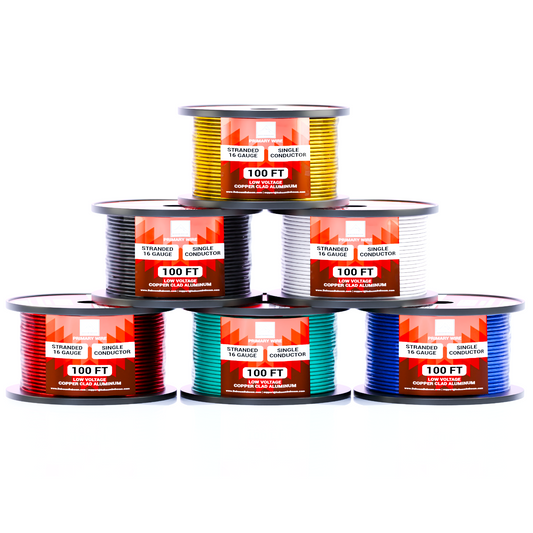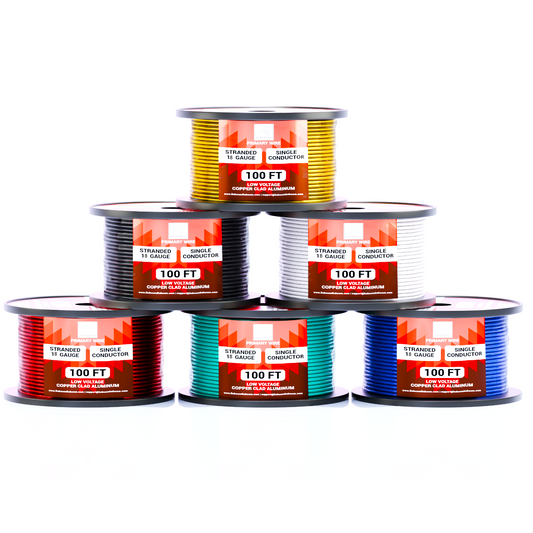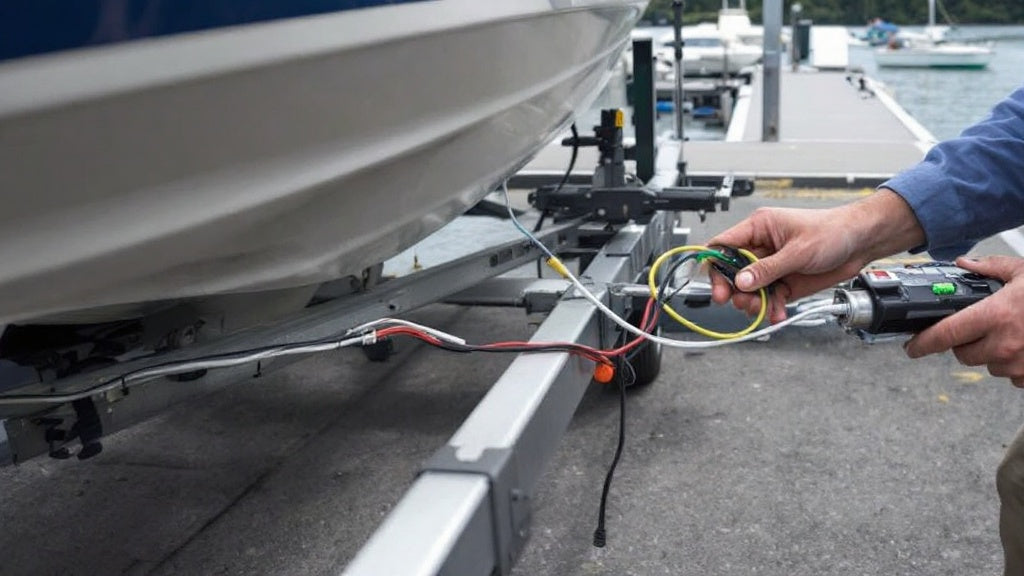
How to Wire a Boat Trailer for Submersion Without Short Circuits
Share
Introduction
Wiring a boat trailer that will be frequently submerged in water presents unique challenges. Exposure to water, especially saltwater, can lead to corrosion, electrical shorts, and system failures. To ensure a safe and reliable electrical setup, it’s essential to use waterproof components, proper grounding, and protective materials.
In this guide, we’ll walk you through the best practices for wiring a boat trailer to prevent short circuits and extend the lifespan of your trailer’s electrical system.
Why Proper Boat Trailer Wiring Matters
A well-wired boat trailer ensures that your trailer lights function correctly and remain durable even after frequent submersion. Proper wiring is essential for:
- Safety on the road – Ensuring brake lights, turn signals, and taillights function correctly.
- Preventing short circuits – Avoiding electrical failures caused by water exposure.
- Extending component life – Using corrosion-resistant materials helps wiring last longer.
- Compliance with regulations – Ensuring your trailer meets road safety laws.

Choosing the Right Wire Gauge
Selecting the appropriate wire gauge is crucial to ensuring your trailer wiring can handle the necessary electrical load without overheating or causing voltage drops. Below is a guide to choosing the right wire gauge based on amperage and application:
| Wire Gauge | Max Amps | Common Usage |
|---|---|---|
| 10 GA | 30A | Main power connections |
| 12 GA | 20A | Brake lights, main ground |
| 14 GA | 15A | Turn signals, taillights |
| 16 GA | 10A | Marker lights, side indicators |
Using marine-grade wire in these gauges ensures longevity and resistance to corrosion, making your wiring system more reliable for submersion.
Materials You’ll Need
Before starting, gather these essential materials:
- Marine-grade wiring
- Heat-shrink butt connectors
- Heat shrink tubing
- Waterproof junction box
- Wire loom or conduit
- Submersible LED trailer lights
-
Dielectric grease
- Self-tapping screws and zip ties
- Multimeter
- Inline fuse or circuit breaker

Step-by-Step Guide to Wiring a Boat Trailer for Submersion
Step 1: Choose Marine-Grade Wiring
Standard automotive wiring is not suitable for boat trailers. Instead, use marine-grade wire, which resists corrosion and handles moisture better. Always make sure the wire gauge is appropriate for the load.
Step 2: Use Heat-Shrink Butt Connectors
Instead of standard crimp connectors, use heat-shrink butt connectors. These create a waterproof seal around your connections, preventing moisture from entering and causing corrosion or shorts.
- Strip the wire ends.
- Insert them into a heat-shrink butt connector and crimp securely.
- Apply heat using a heat gun to shrink the connector, sealing out moisture.
Step 3: Install a Waterproof Junction Box
A waterproof junction box helps organize and protect wiring connections from water exposure. Mount the junction box on the trailer frame, preferably in a higher position to reduce water exposure. Use dielectric grease inside the box to further prevent corrosion.
Step 4: Use Submersible LED Trailer Lights
Traditional incandescent trailer lights are prone to water damage. Instead, install fully submersible LED trailer lights, which are sealed and designed to handle repeated exposure to water.
- Mount lights according to your trailer’s design.
- Ensure proper wiring to match brake, turn signal, and taillight functions.
- Use heat-shrink connectors for all light connections.

Step 5: Secure and Protect Wiring
Exposed wiring is more vulnerable to damage from water, salt, and physical wear. To protect your wiring:
- Run all wires inside a wire loom or conduit to shield them from moisture and debris.
- Secure wires along the trailer frame using zip ties and cable clamps.
- Avoid routing wires where they could be pinched, abraded, or submerged for extended periods.
Step 6: Properly Ground the System
A poor ground connection can lead to flickering lights and short circuits. Follow these grounding tips:
- Use a dedicated ground wire rather than relying on the trailer frame.
- Connect the ground wire to a clean, bare metal surface using a self-tapping screw.
- Apply Dielectric grease to the connection to prevent corrosion.
Step 7: Install an Inline Fuse or Circuit Breaker
Adding an inline fuse or circuit breaker prevents electrical damage in case of a short circuit. Install a fuse holder near the trailer’s power source and use an appropriately rated fuse (typically 15-20 amps for most trailer wiring systems).
Step 8: Test the System
Before taking your boat trailer on the road, test the entire wiring system:
- Use a Multimeter to check for continuity and voltage at different points.
- Connect the trailer to the towing vehicle and verify that all lights function properly.
- Submerge the trailer’s rear section in water (if possible) to confirm the lights remain operational without flickering or shorting.

Maintenance Tips for Long-Lasting Boat Trailer Wiring
- Rinse with fresh water after saltwater exposure – Saltwater accelerates corrosion, so always rinse the trailer’s electrical system.
- Regularly inspect wiring and connectors – Look for wear, cracks, or corrosion and replace damaged parts immediately.
- Reapply dielectric grease periodically – This prevents water intrusion and extends the lifespan of electrical connections.
- Check grounding points – Ensure they remain clean and secure for reliable electrical performance.
- Store trailer properly – Keeping your trailer in a dry, covered area reduces exposure to moisture and prolongs the wiring system’s durability.
Conclusion
Wiring a boat trailer for submersion requires careful planning and the use of high-quality, waterproof materials. By following the steps outlined in this guide, you can create a durable and reliable electrical system that withstands frequent water exposure without short circuits. Whether you're launching in freshwater or saltwater, a properly wired trailer ensures safety and longevity for your boat and towing setup. You can also check our blog about Troubleshooting Common Trailer Wiring Issues.
Have you wired a boat trailer before? Share your experiences and any tips you’ve found helpful in the comments below!

